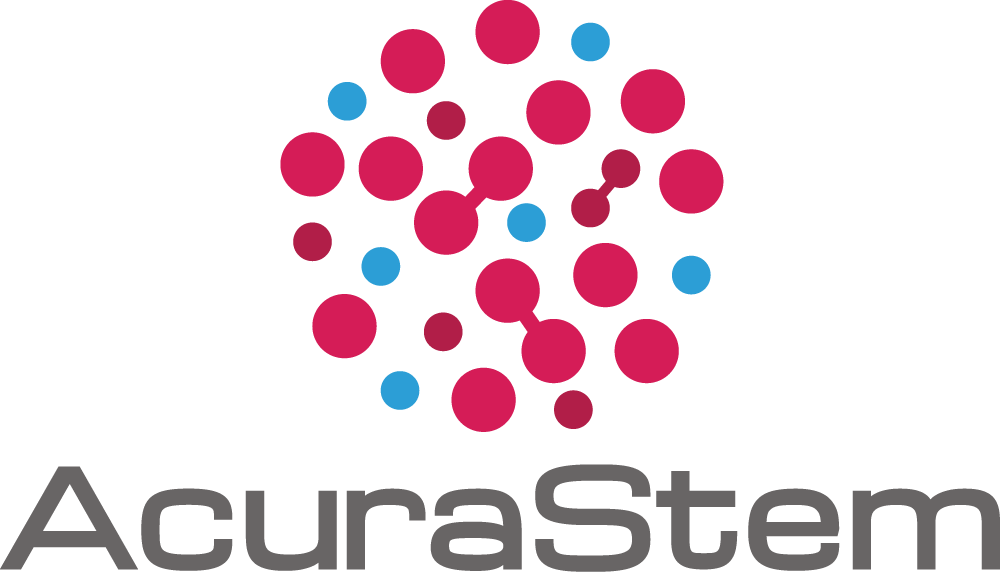PASADENA, Calif., July 25, 2025. At the symposium Frontiers in Neuroscience: Emerging Biology and Therapeutics, AcuraStem CEO Sam Alworth delivered a presentation titled “Using the iNeuroRx® Technology Platform to Develop Disease‑Modifying Treatments for ALS and FTD: Spotlight on UNC13A Candidate AS‑241.”
Hosted by the Pharmaceutical & BioScience Society and California Life Sciences, the two‑day symposium streamed live to PBSS’s network of more than 10,000 members across North America, Europe, and Asia. The program attracted scientists, clinicians, and drug‑development leaders from every major biotech hub. Sessions spanned biomarker‑guided discovery, RNA‑based therapeutics, and patient‑derived disease models, fostering real‑time exchanges on next‑generation treatments for complex neurological disorders.
“Frontiers in Neuroscience gathered the field’s top researchers, and it gave us a clear stage to share our progress,” said Sam Alworth, CEO of AcuraStem. “We showed how our iNeuroRx® technology platform, anchored in patient‑derived biology, guides every step of discovery. That approach produced AS‑241, our UNC13A candidate, and the promising preclinical results signal the power of disease‑relevant models to create therapies that can change the course of ALS and FTD.”
In his session, Alworth outlined how AcuraStem’s iNeuroRx® platform builds patient‑derived motor neurons and glial cells that mirror the biology of amyotrophic lateral sclerosis (ALS) and frontotemporal dementia (FTD). These highly predictive models allow the AcuraStem team to identify antisense oligonucleotides (ASOs) with strong potency, long‑lasting activity, and favorable safety profiles.
Alworth’s presentation, focused on AS‑241, an UNC13A‑targeting ASO designed to block cryptic exon inclusion in UNC13A RNA transcripts. By preventing this RNA error, AS‑241 restores normal UNC13A protein expression and helps protect vulnerable neurons. Data shared during the session showed that AS‑241 rescued protein levels, improved cellular health across multiple patient lines and was safe and well tolerated in toxicity studies supporting advancement toward clinical trials.
Alworth also outlined a broader pipeline of iNeuroRx‑discovered candidates directed at additional genetically validated drivers of neurodegeneration. Each program follows the same principle: start with patient biology, validate the mechanism in disease‑relevant models, and then refine the chemistry for clinical translation.
AcuraStem continues to advance therapies aimed at slowing or stopping ALS and FTD progression. To learn more about the company’s research, visit acurastem.com.
